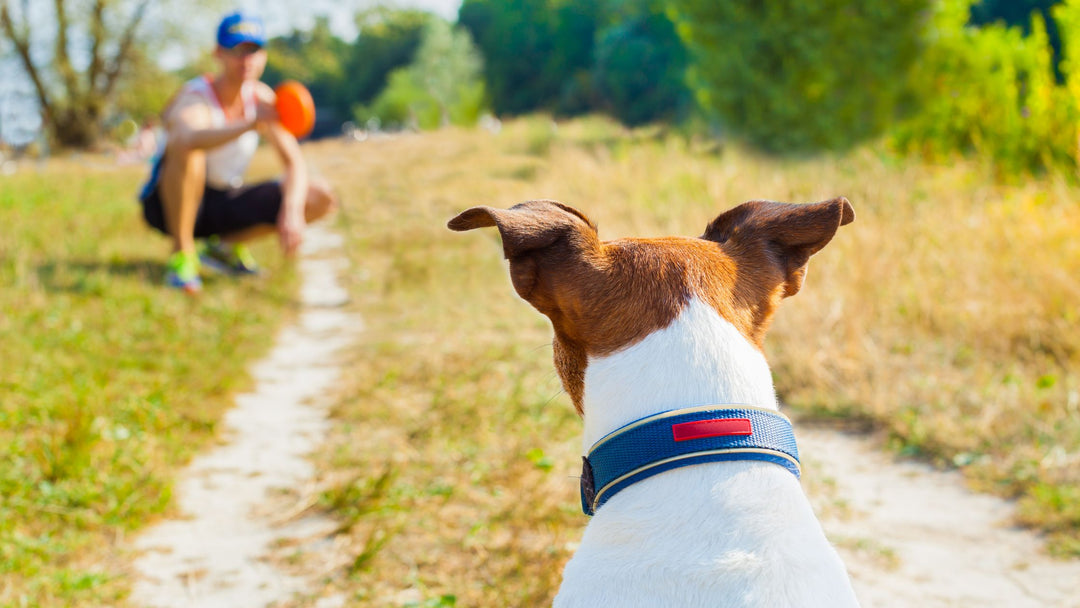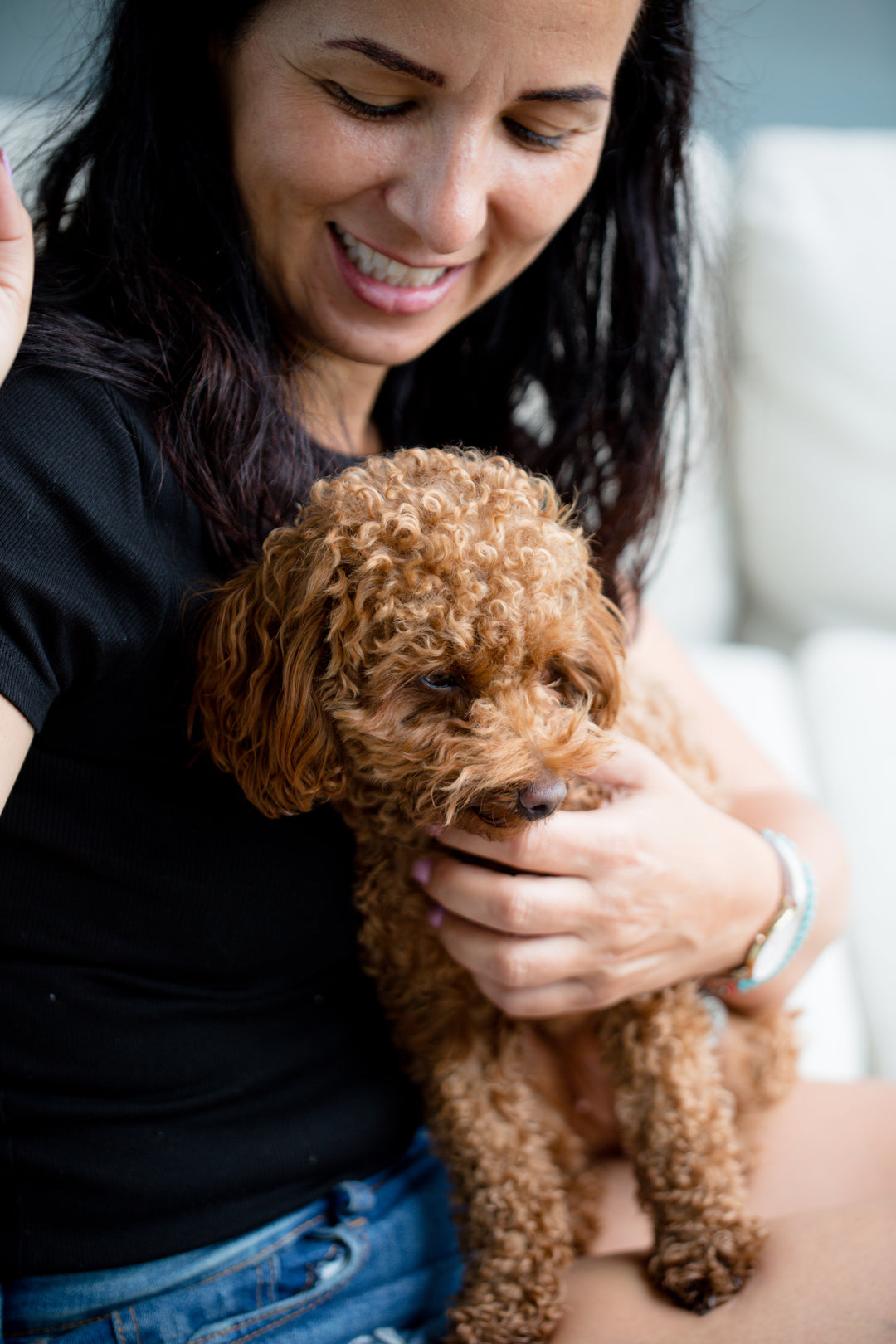How to Choose the Right Collar for Your Dog

As a dog owner, you want to ensure that your furry friend is comfortable and safe at all times, especially when it comes to their collar. A collar is a necessary accessory for dogs as it holds their identification tags and allows for easy control during walks. However, with so many different types of collars on the market, it can be challenging to choose the right one for your dog. In this post, we'll provide you with tips on how to choose the right collar for your dog.
1. Consider Your Dog's Size and Breed
The size and breed of your dog will determine the size of the collar you need. For example, a larger dog requires a wider and stronger collar, while a smaller dog will need a narrower and lighter collar. Additionally, some breeds have unique physical traits that require specific collars. For instance, greyhounds have long necks, so they need collars that sit higher on their necks to avoid injury.
2. Choose the Right Material
Collars are made from a variety of materials, including leather, nylon, and neoprene. Each material has its advantages and disadvantages, so it's essential to choose one that fits your dog's lifestyle. For example, leather collars are durable and comfortable, but they can be costly and take time to break in. Nylon collars are affordable, easy to clean, and come in various designs, but they may not last as long as leather. Neoprene collars are waterproof and perfect for dogs who love water activities.
3. Pick the Right Type of Collar
There are several types of collars to choose from, including flat collars, martingale collars, and head collars. Flat collars are the most common type of collar and are suitable for most dogs. Martingale collars are ideal for dogs who tend to slip out of their collars, and head collars are perfect for dogs who pull during walks.
4. Consider the Closure
Collars come with different closures, such as buckle, snap, and martingale closures. Buckle closures are the most secure but can be difficult to put on and take off. Snap closures are easy to use but may not be as secure as buckle closures. Martingale closures are perfect for dogs who tend to slip out of their collars.
5. Check the Fit
The collar should fit snugly around your dog's neck, but not too tight that it chokes them or too loose that they can slip out of it. You should be able to fit two fingers between the collar and your dog's neck.
6. Consider Your Dog's Personality
Lastly, you should consider your dog's personality when choosing a collar. If your dog is playful and likes to roughhouse, you may need a sturdier collar. If your dog is sensitive to certain materials, you should choose a collar made from a softer material.
In conclusion, choosing the right collar for your dog is crucial for their safety and comfort. Consider your dog's size and breed, the material, the type of collar, the closure, the fit, and your dog's personality when making your decision. With these tips, you can find the perfect collar for your furry friend.
1. Consider Your Dog's Size and Breed
The size and breed of your dog will determine the size of the collar you need. For example, a larger dog requires a wider and stronger collar, while a smaller dog will need a narrower and lighter collar. Additionally, some breeds have unique physical traits that require specific collars. For instance, greyhounds have long necks, so they need collars that sit higher on their necks to avoid injury.
2. Choose the Right Material
Collars are made from a variety of materials, including leather, nylon, and neoprene. Each material has its advantages and disadvantages, so it's essential to choose one that fits your dog's lifestyle. For example, leather collars are durable and comfortable, but they can be costly and take time to break in. Nylon collars are affordable, easy to clean, and come in various designs, but they may not last as long as leather. Neoprene collars are waterproof and perfect for dogs who love water activities.
3. Pick the Right Type of Collar
There are several types of collars to choose from, including flat collars, martingale collars, and head collars. Flat collars are the most common type of collar and are suitable for most dogs. Martingale collars are ideal for dogs who tend to slip out of their collars, and head collars are perfect for dogs who pull during walks.
4. Consider the Closure
Collars come with different closures, such as buckle, snap, and martingale closures. Buckle closures are the most secure but can be difficult to put on and take off. Snap closures are easy to use but may not be as secure as buckle closures. Martingale closures are perfect for dogs who tend to slip out of their collars.
5. Check the Fit
The collar should fit snugly around your dog's neck, but not too tight that it chokes them or too loose that they can slip out of it. You should be able to fit two fingers between the collar and your dog's neck.
6. Consider Your Dog's Personality
Lastly, you should consider your dog's personality when choosing a collar. If your dog is playful and likes to roughhouse, you may need a sturdier collar. If your dog is sensitive to certain materials, you should choose a collar made from a softer material.
In conclusion, choosing the right collar for your dog is crucial for their safety and comfort. Consider your dog's size and breed, the material, the type of collar, the closure, the fit, and your dog's personality when making your decision. With these tips, you can find the perfect collar for your furry friend.















